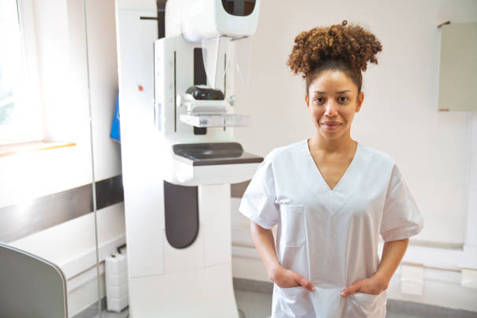التغطية
فحوص مجانية: تُغطى فحوص الماموغرام بالكامل دون أي تكلفة لأعضاء CareOregon.
النقل
المواصلات: يمكن لـ CareOregon المساعدة في ترتيب النقل عند الحاجة. اتصل ب Ride to Care على الرقم 503-416-3955 أو الرقم المجاني<a2>855-321-4899 أو على خدمة TTY على الرقم711. تعرّف على المزيد حول خدمات Ride to Care.
الخدمات اللغوية
تقدّم CareOregon مواد مكتوبة بلغة بسيطة ومراعية للتنوّع الثقافي ومتوفرة بعدة لغات، لمساعدة الأعضاء على فهم أهمية إجراء الفحوصات الدورية. تعرّف على المزيد حول خدمات اللغة لدينا. إذا كنت بحاجة إلى أي مساعدة فيما يتعلق بالخدمات اللغوية أو كانت لديك أي شكاوى، فإننا متاحون للاستماع إليك بشأنها. اتصل بخدمة عملاء CareOregon على الرقم 800-224-4840 أو خدمة TTY على الرقم 711 ، أو أرسل لنا رسالة آمنة.
كيفية تحديد موعد للفحص
تسعى CareOregon إلى إزالة العوائق وضمان حصولك على الدعم الذي تحتاج إليه للبقاء على اطلاع دائم بفحوصاتك الدورية.
إذا كنت بحاجة إلى فحص أو اختبار، فاتصل بمُقدِّم الرعاية الصحية الأولية (PCP) المسؤول عنك (PCP). ليس لديكِ مقدم رعاية؟ استخدم أداة اعثر على مُقدِّم خدمات من التابعة لـ CareOregon


